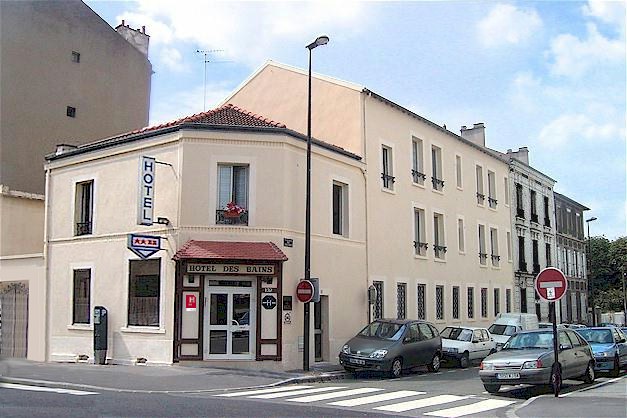
Many things have been completely transformed since the earthquake took place. Even though reconstruction work has barely begun, we can realize all the efforts undertaken by people, not only to bury their dead but also to clear out the rubble. Other things that have changed however are more disturbing.
- Humanitarian aid flooded the country with imported products and Haiti is now invaded by plastic bags and packaging material that the country has neither the resources to recycle or destroy. After one year of international aide, Haiti is now more polluted and flooded by waste waters than ever before.
- Because of this stream of international aide, the Haitian government has problems recruiting personnel ; Haitians who have higher education earn more when they work for NGO’s, and there are a myriad of them with varied and sometimes conflicting programs.
- Many contracts stipulate in their clauses that NGO’s must spend their emergency funding quickly ; consequently they do not have the time necessary to consult local inhabitants.
Ever since the beginning, the international community has been unable to comprehend the pernicious effects of top to bottom planning. In the days and weeks following the earthquake, the Haitian government thought that emergency habitation assistance would allow neighborhoods to stay together, thus promoting mutual support. They were however told that tends would be placed in rows in order to occupy space in the most efficient way and that people would be lodged in order of arrival. Consequently in these campgrounds, community links were destroyed, thus reinforcing the feeling of chaos and uprooting.
The same incomprehension was seen in the fight against cholera. One of ATD Fourth World’s friends is a member of the National Haitian Commission for the Coordination of Emergency Aid. He and other members of this Commission proposed an approach that started by the local community, who then would disseminate information about health and first-aid care from one neighborhood to another. Donor agencies, however, unfortunately rejected this approach, as they preferred more spectacular campaigns. The public campaign they have financed will soon end, as cholera is no longer making headlines. This disease persists however, and to combat it sustainably, a prevention system embedded in the neighborhoods is needed.
A third example of this incomprehension is that NGO’s use funding for emergency aid to hire local people, thus taking them out of long-term jobs. For example, mid-wives that were trained by the St Michel Clinic – an ATD Fourth World partner for many long years located in a low-income neighborhood where services are hard to find – were tempted by emergency jobs in an NGO that paid much higher salaries. This NGO is structured in a way that extremely poor mothers do not go there, and consequently, ambulatory care reaching people has diminished.
A European donor for the Clinic now wishes to finance all emergency care, even though the longterm care given by this Clinic has always been in the context of repeated emergencies. The donor sent a person to Haiti to monitor his program – without even once consulting the Clinic’s Head Doctor and his medical staff on priorities they see every day, or their analysis of the situation.
This international community approach, going from the top to the bottom is compounded by never-ending changes in foreign staff. Most of them do not stay more than three months, and consequently do not have the time to learn the language, understand the culture, or meet people – nor the time to realize that this quick and happenstance distributions can generate violence and reinforce gangs. Violence once again grew in the sector where ATD Fourth World members live. That means that even though parents make huge efforts to send their children to school, they often wonder, “Will they be coming back home safely ? How will we be able to reach them to warn them of a dangerous situation ?” and “If they have to take a different way back, where will they be spending the night ?”
The United Nations and the international community continue to consider the Grand-Ravine and Haut Martissant neighborhoods like “red zones”, or dangerous zones where most of their personnel have no access. Though there is nothing preventing NGO’s from being present in these neighborhoods, many NGO’s have decided to follow the same rules, thus leaving this zone even more abandoned than it was in pre-quake times. Deserting these neighborhoods increases suffering for families that live there.
In Haiti, some international community members say that they want the Haitian people to take control of their country’s fate, but criticize slightingly the Haitian government. That led one of the ATD Fourth World friends to say to members of this international community : “We are the first ones to know what is said about our country, but where is your humility when considering the mistakes made by the international community ?”


